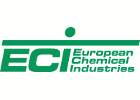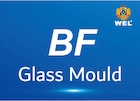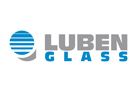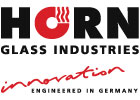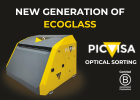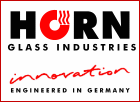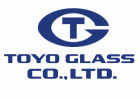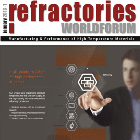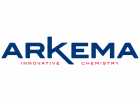Contact Info
| Address | LPKF SolarQuipment GmbH Mittelbergstraße 17 98527 Suhl |
| Country | Germany |
| Phone | 0049 3681 8924-0 |
| Fax | 0049 3681 8924-44 |
| Get in contact with LPKF SolarQuipment GmbH | |
| Internet | www.lpkf-solarquipment.com |
Contact Persons
| Contact 1. | Jürgen Bergedieck Managing Director Phone: 0049 3681 8924 4381 |
|
| Contact 2. | René Beinke Strategic Product Management Phone: 0049 5131 7095 1607 |
|
| Contact 3. | Waldemar Morast Sales Manager Phone: 0049 5131 7095 1612 |
|
| Contact 4. | Silke Blum Project Manager Marketing Phone: 0049 5131 7095 1328 |
Products or Machinery
LPKF NovaPrint combines the accuracy and flexibility of a laser-based digital printing process with the option of printing certified RAL colors that have been tried and tested in the architectural and automotive sectors. A laser pulse transfers the finest color particles to the flat glass to be printed.
This allows the digital printing of large-area designs, but also of logos, data matrix and QR codes with high opacity and performance.
Thanks to digital print control and field-tested glass handling, laser transfer printing (LTP) is suitable for large series, but also for small batches and individualized prints without screens in production.
Company Background / History
LPKF Laser & Electronics AG develops, builds and supplies laser systems for the electronics, photovoltaic and automotive markets. The know-how from laser, control and drive technology is supplemented by extensive knowledge from micro-processing.
The subsidiary LPKF SolarQuipment has been concentrating on the high-performance processing of flat glass with various laser systems since 2006 and is the market leader in high-availability systems for structuring thin-film solar modules. More than 15 years of experience in the fast processing of large glass panels, extensive knowledge of laser processing and a service center for a reliable support structure - good reasons why we should talk to each other.
